It could mean better medical equipment or stealth planes.
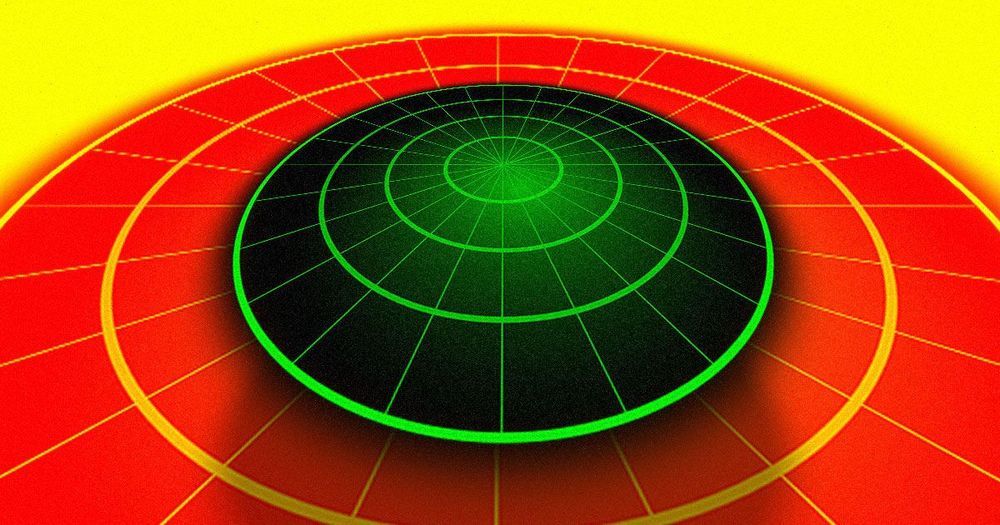

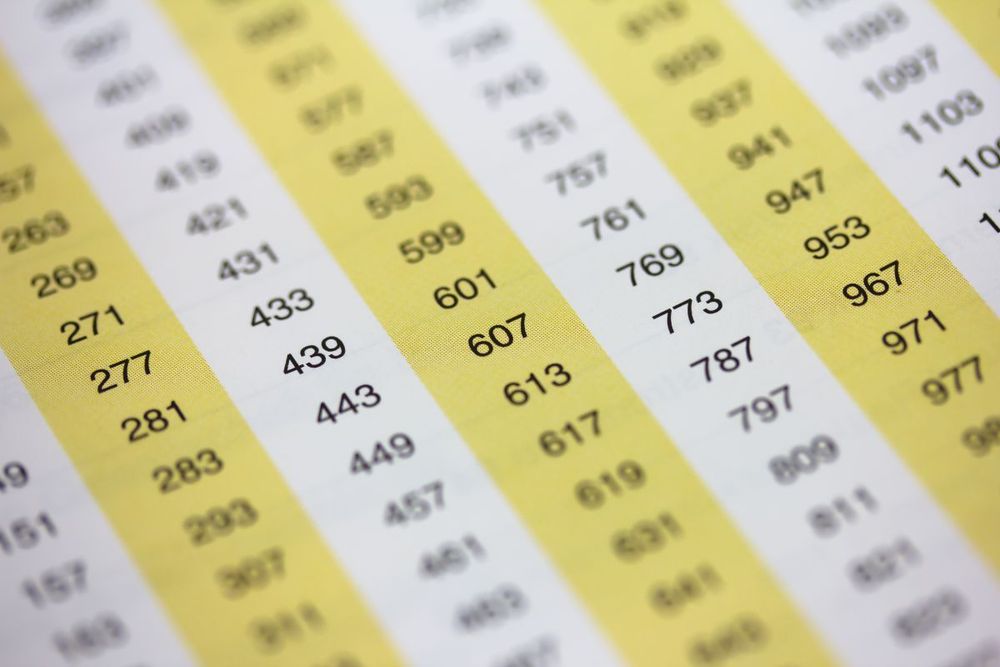
Mathematicians have uncovered a big new piece of evidence for one of the most famous unproven ideas in mathematics, known as the twin prime conjecture. But the route they took to finding that evidence probably won’t help prove the twin prime conjecture itself.
The twin prime conjecture is all about how and when prime numbers — numbers that are divisible only by themselves and 1 — appear on the number line. “Twin primes” are primes that are two steps apart from each other on that line: 3 and 5, 5 and 7, 29 and 31, 137 and 139, and so on. The twin prime conjecture states that there are infinitely many twin primes, and that you’ll keep encountering them no matter how far down the number line you go. It also states that there are infinitely many prime pairs with every other possible gap between them (prime pairs that are four steps apart, eight steps apart, 200,000 steps apart, etc.). Mathematicians are pretty sure this is true. It sure seems like it’s true. And if it weren’t true, it would mean that prime numbers aren’t as random as everyone thought, which would mess up lots of ideas about how numbers work in general. But no one’s ever been able to prove it.
Related: Mathematicians Edge Closer to Solving a ‘Million Dollar’ Math Problem.

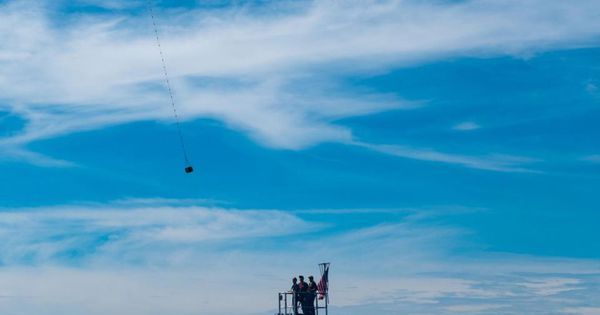
Nature Phys ics volume 13, page 205 ( 2017 ) | Cite this article.
We’re continuing to release talks from Ending Age-Related Diseases 2019, our highly successful two-day conference that featured talks from leading researchers and investors, bringing them together to discuss the future of aging and rejuvenation biotechnology.
Kevin Strange discussed his company, Novo Biosciences, and how it is developing small molecules that restore the body’s ability to regenerate. He went into detail about how humans begin life with this ability but lose it as they age. He discussed MSI-1436, which is a prospective drug for reversing ischemic heart injury and making life easier for survivors of heart attack as well as reversing skeletal muscle degeneration.

While it seems we are making great strides in unlocking the mysteries of the Universe, there is a sizable hole in what we know – up to 95% of the cosmos appears to be missing. We are talking about dark matter and dark energy, two useful, groundbreaking, but yet-to-be-directly-observed explanations for the vast majority of what exists. While there have been various attempts to pin down these ideas, inferred from their gravitational effects, a recent theory from a University of Oxford scientist claims to do away with them entirely. Instead, his model proposes something which may be even more unusual – what if the Universe is actually filled with a “dark fluid” possessing “negative mass”?
Dark matter takes up 27% of the known Universe (per NASA), while dark energy, a repulsive force that makes the Universe expand, gets 68%. Only 5% of the Universe is the observable world, including us and our planet. According to the model, proposed by Dr. Jamie Farnes, both dark matter and dark energy are unified in a fluid which has “negative gravity”. It repels all other material away.
“Although this matter is peculiar to us, it suggests that our cosmos is symmetrical in both positive and negative qualities,” wrote Farnes, astrophysicist, cosmologist and data scientist who worked at Oxford at the time of publishing his paper, and has since moved on to Faculty, a leading AI company.
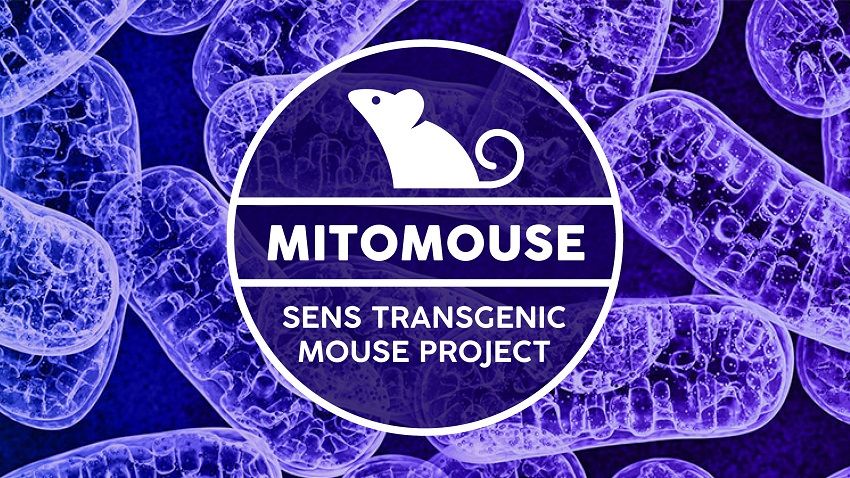
Good news for the MitoMouse project! Thanks to the support of the community, LongeCity has already agreed to donate several thousand dollars to the MitoMouse campaign. It plans to expand this support, fully funding the stretch goal of $75,000 if we are able to reach the first $65,000 goal.
With just $1460 left to go before we reach the first stretch goal, your donation is critical in making these stretch goals a reality – and bringing about the end of mitochondrial dysfunction that much sooner! There are only a few days left in this campaign, so if you haven’t already donated, now is the time!
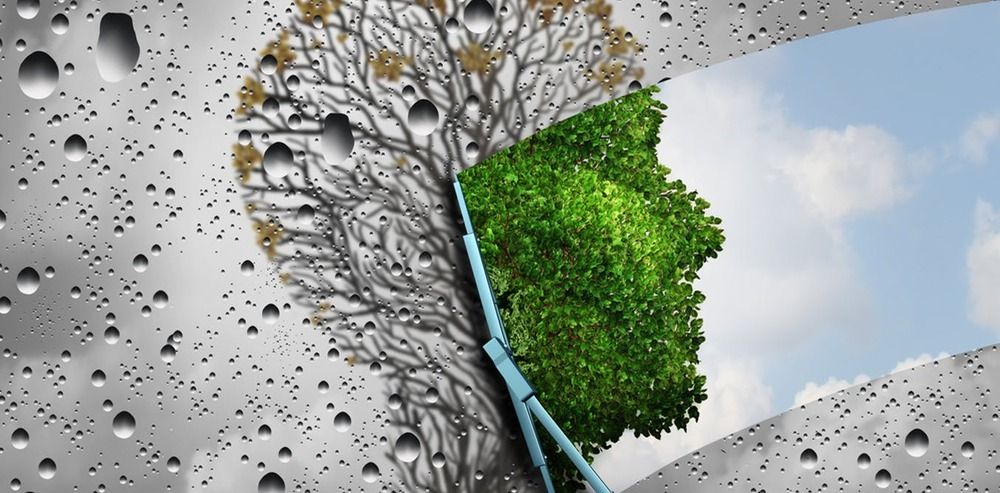
Dr. Nick interviews Liz Parrish, the Founder, and CEO of BioViva Sciences USA Inc at RaadFest in Las Vegas. Nick Delgado, ABAAHP is one of the leading experts in the field of bio-identical hormones, herbs, nutrition, exercise, partner intimacy, mindful self-motivation. Our goal is to help you restore your cellular health to radically improve the quality of life and world health.
————–
Liz Parrish is the Founder and CEO of BioViva Sciences USA Inc. BioViva is committed to extending healthy lifespans using gene therapy. Liz is known as “the woman who wants to genetically engineer you,” she is a humanitarian, entrepreneur and innovator and a leading voice for genetic cures.
————–
CONNECT WITH US:
INSTAGRAM: https://www.instagram.com/dr.nickdelg…
TWITTER: https://twitter.com/delgadoprotocol
FACEBOOK: https://www.facebook.com/theagedoc/
Shop Delgado Protocol: https://delgadoprotocol.com/
PODCAST: